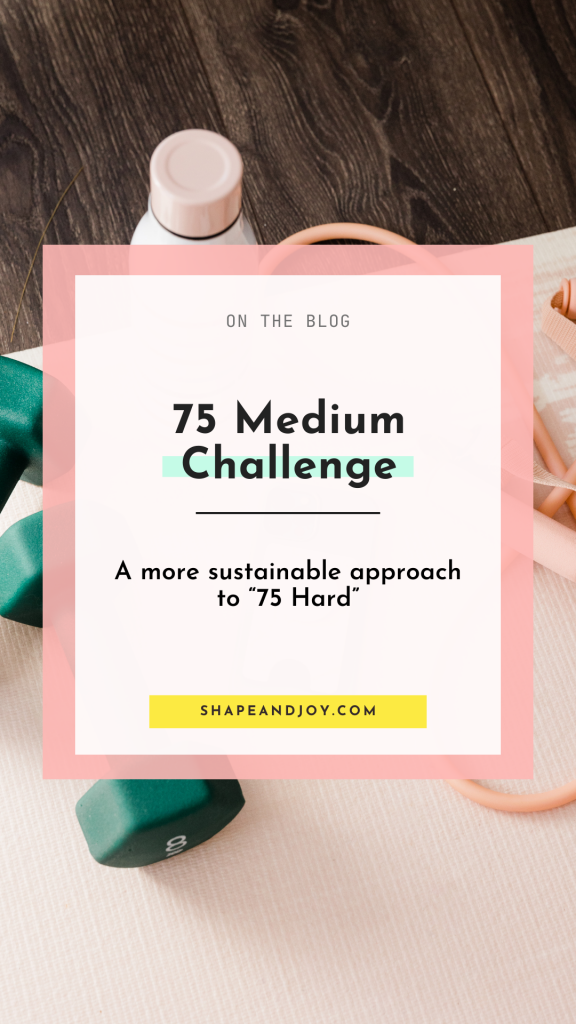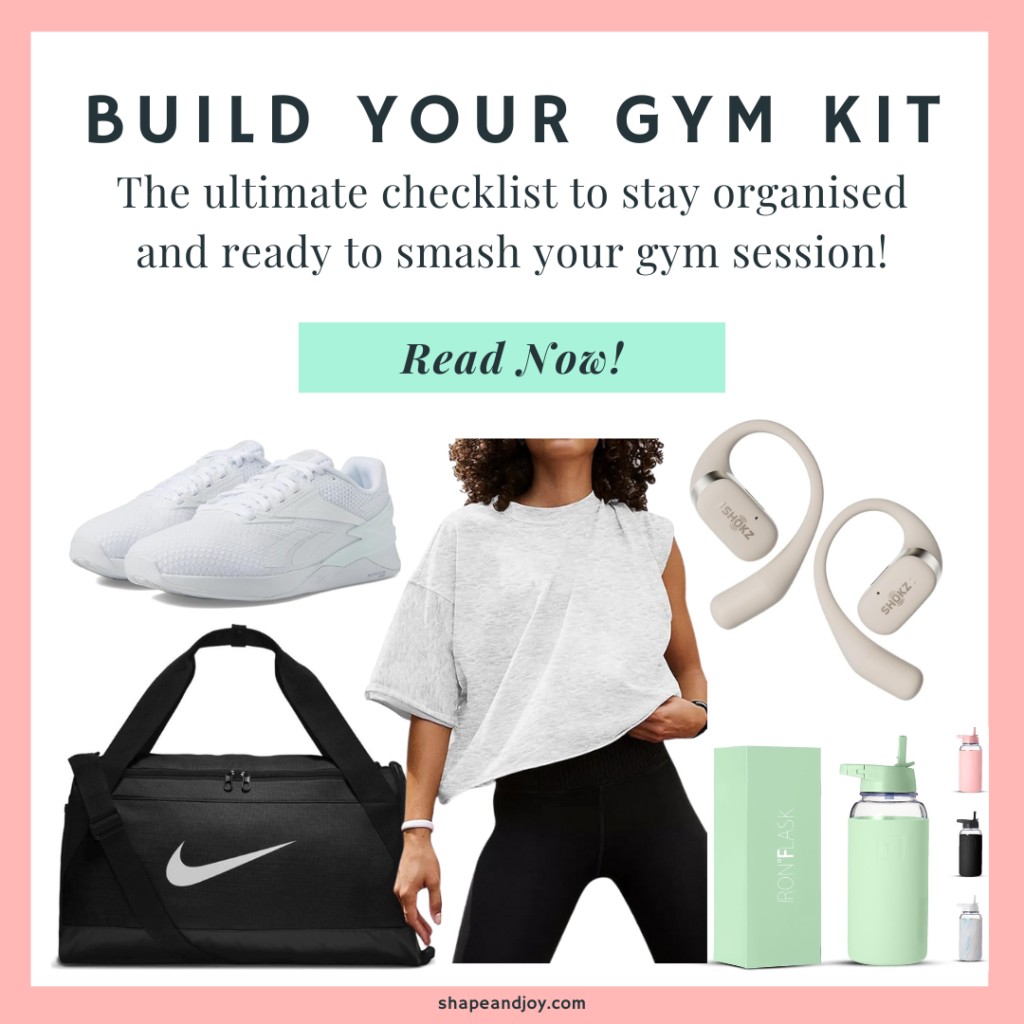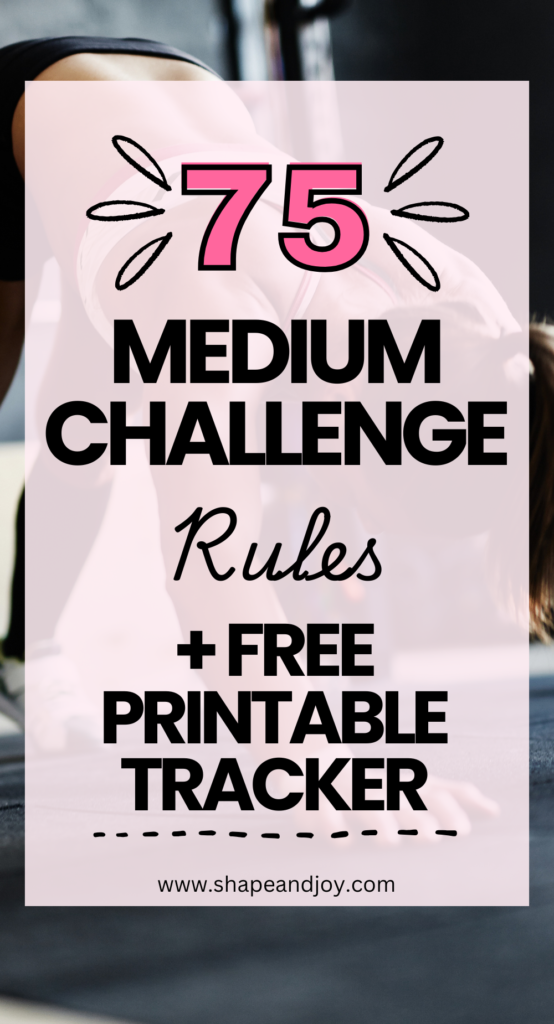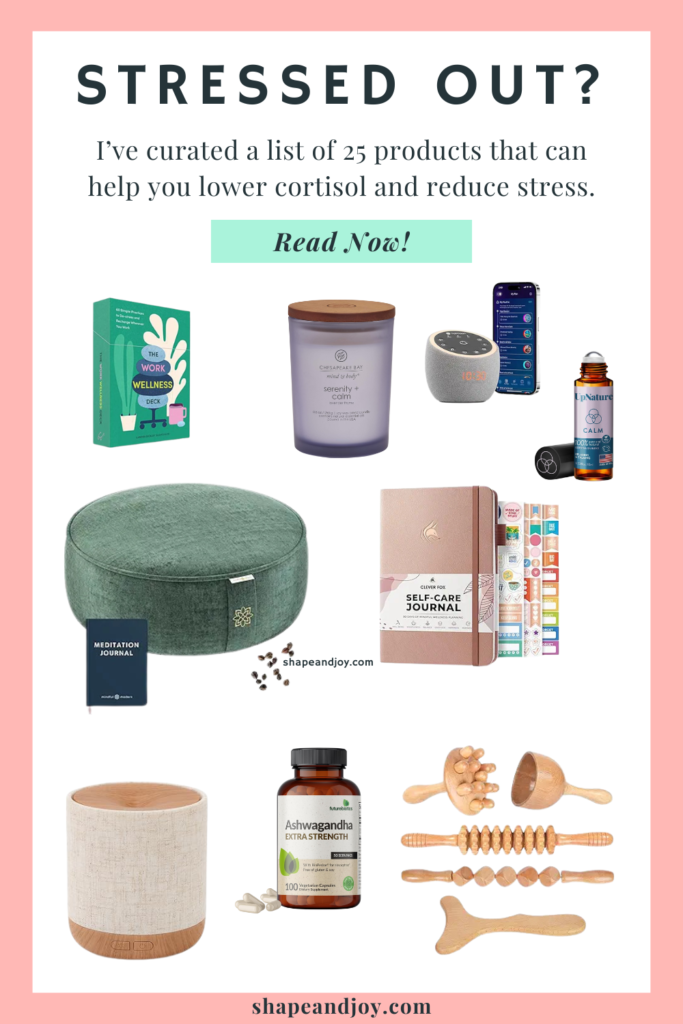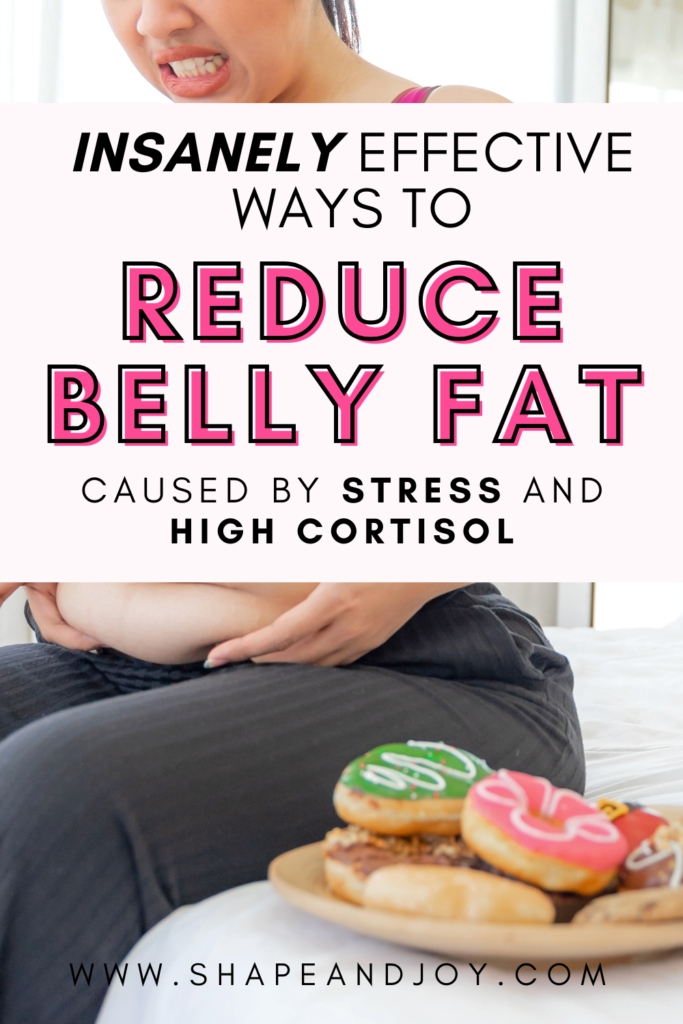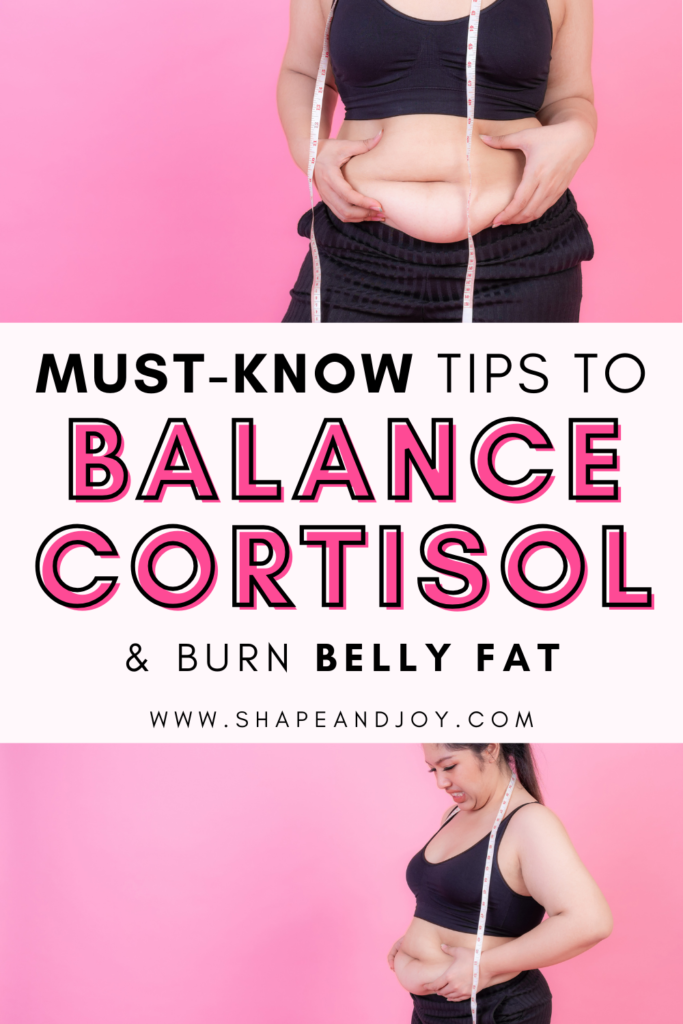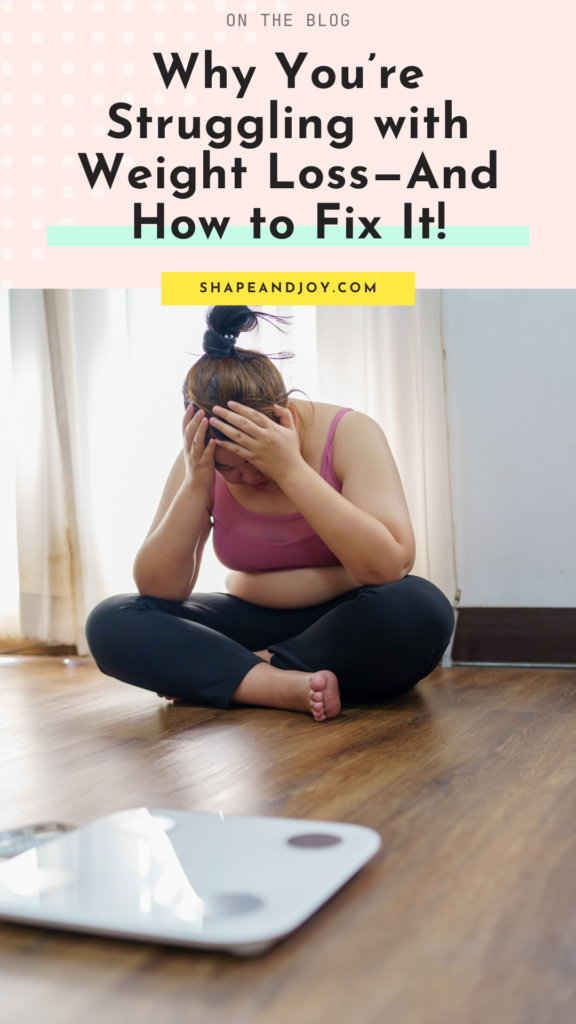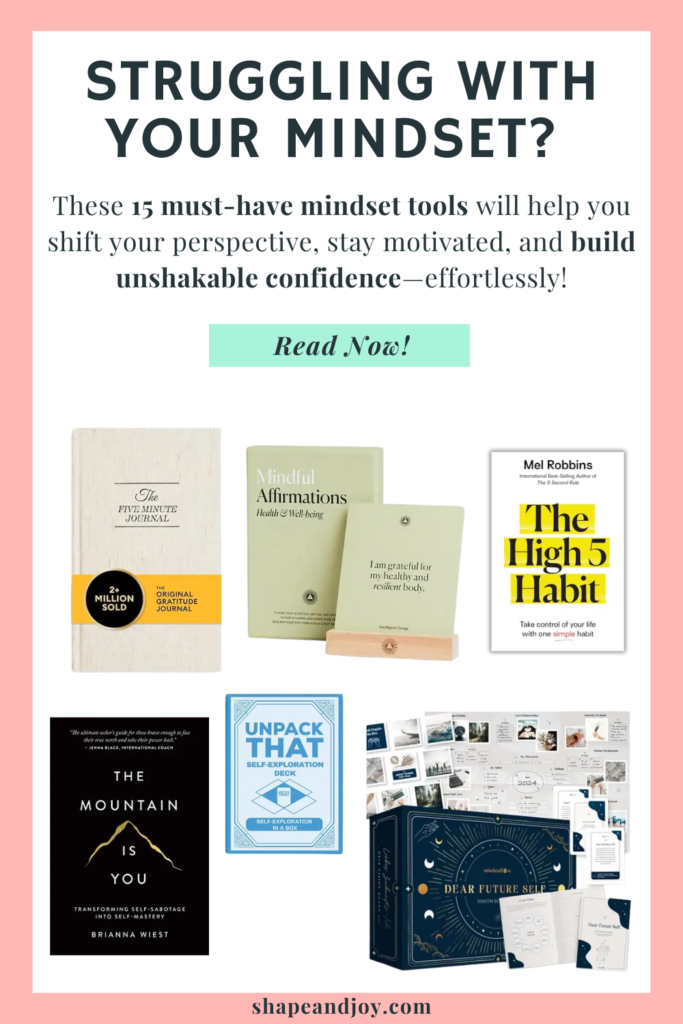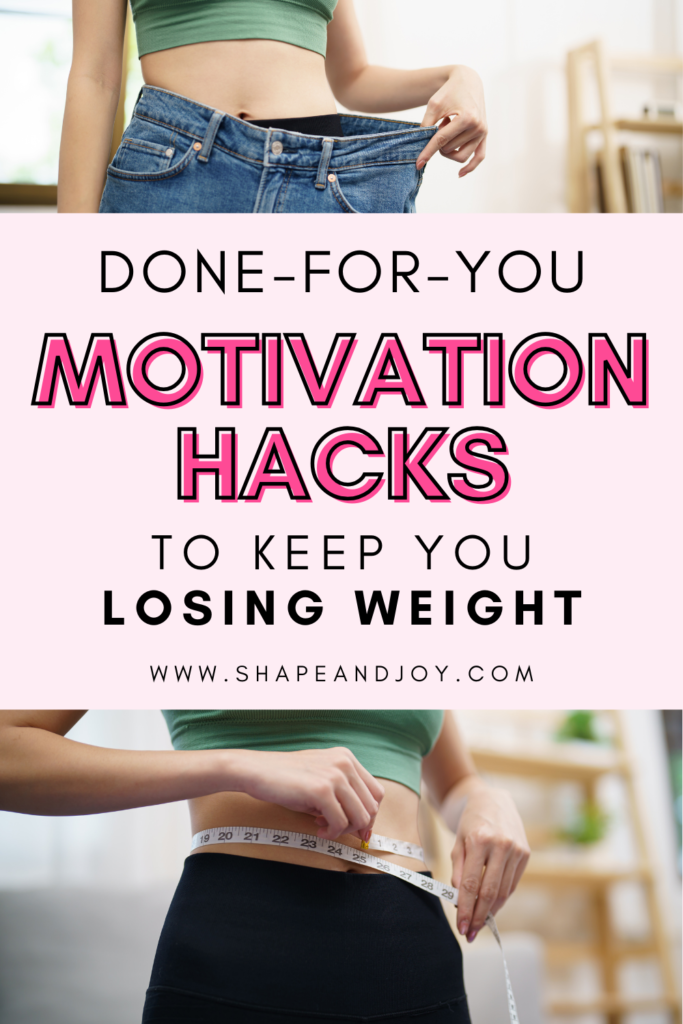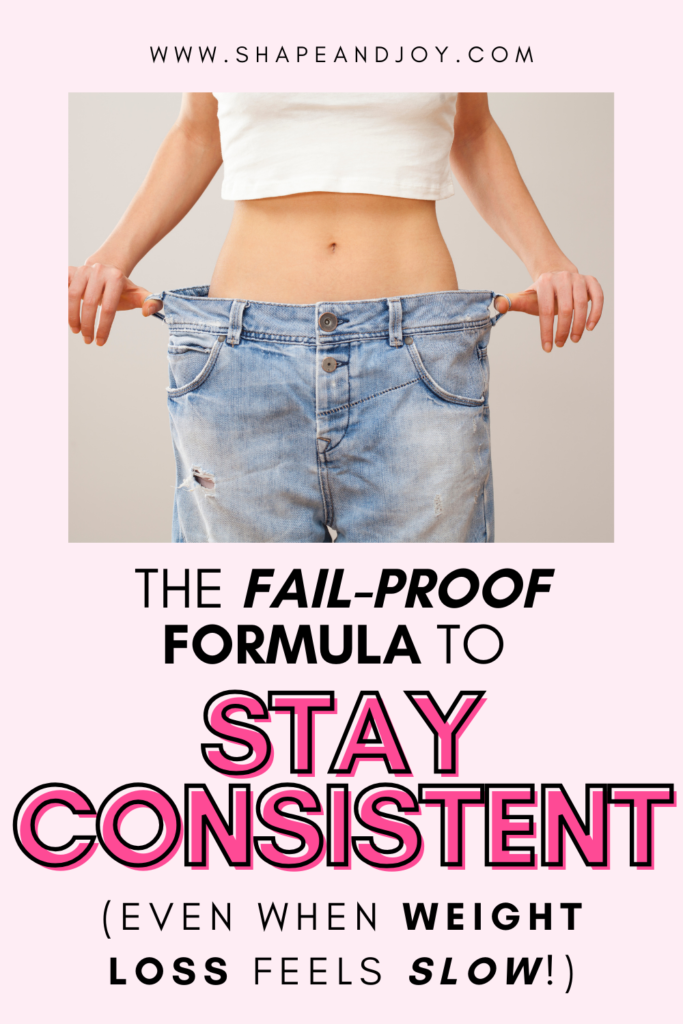How to Create Habits That Stick
Starting new habits? Easy as pie. Want to create habits that stick though? That’s where things get interesting. We’ve all had that burst of energy, haven’t we? You know the one—when you’re all fired up, setting goals left, right, and centre, only to hit a wall two weeks later and think, “What was I doing again?”
The thing is, habit-building is not about willpower. Nope. It’s about being smart and setting up small, no-fuss actions that fit right into your everyday life. Whether you’re giving yourself a good ol’ life overhaul or just trying to get your act together, it’s these teeny-tiny habits that make all the difference.
If you’re fed up with the whole start-stop cycle and finally ready to stick to something, you’re in the right place. Let’s crack on with how to create habits that stick like superglue.
This post is part of my ‘Change Your Life’ series, by the way. If you haven’t yet, check out “How to Get Your Life Together in 3 Simple Steps.” You won’t regret it.

Why Habits Are the Secret Sauce for Long-Term Success
Habits aren’t just about ticking off a checklist. They’re the building blocks of real change.
Want to turn your life around in the next year, or even the last few months of the year? Then your habits are where it all begins.
Breaking a bad habit or picking up a good one—it’s those small, regular actions that pile up and lead to BIG results.
For anyone feeling that itch, check out my post on reinventing yourself in your 30s for a fresh perspective.
Step 1: Start Small (No, Smaller Than That) and Be Consistent
The number one mistake I’ve made—and let’s be honest, we’ve all done it—is going too big, too fast. You think, “Right, I’m going to overhaul my life, sort out everything, all at once.”
And guess what?
It’s not sustainable.
Here’s the secret: you don’t need to change everything overnight. Start small.
Like, ridiculously small.
Want to kick off a new morning routine? Forget about an hour-long workout or cooking a full-on breakfast from scratch.
Just start by drinking a glass of water when you wake up or doing 5 minutes of stretching. I’m serious—5 minutes.
And track it. I’m telling you, having a visual reminder, like a habit tracker, does wonders. It’s like giving your brain a little high-five every time you stick with it.
Trust me, on days when you’re ready to sack it all off, that little visual progress? It keeps you going.
Consistency is key! It’s not about grand gestures but small daily actions that lead to big changes. For more on why staying consistent is crucial, have a read through ‘The Importance of Consistency: Small Habits Lead to Big Results!‘
Step 2: Connect the Dots—Habits and Bigger Goals

It’s so much easier to create habits that stick when you know why you’re doing something. Like, seriously. Your habits should feed into a bigger picture.
Whether it’s your health, personal growth, or smashing it in your career, those small daily actions are the fuel.
For me, it was getting my health in order. I had to connect the dots between my little habits and the bigger goal of feeling better in my skin, both physically and mentally.
It wasn’t just about losing weight—it was about showing up for myself every single day.
Those morning runs? They weren’t just about exercise; they were my time to clear my head and reset.
When you link your daily habits to your bigger goals, it creates unstoppable momentum. Need help setting and smashing those goals? Take a look at ‘Setting Goals and Crushing Them: Proven Strategies!’.
Step 3: Make Your Routine Yours
You’ve got to make your routine fit you, not the other way around. We’ve all tried those cookie-cutter routines, right?
They might work for a week, tops, before you’re back to square one.
Here’s where I went wrong in the past—I’d plan these epic routines that looked great on paper but were a nightmare to actually stick to.
So, I started simple. A daily checklist, some realistic goals, and boom—progress.
Building routines that stick requires a little behavioural know-how. If you want to dive deeper into how habits form and how to create ones that last, check out my post ‘Mastering Habit Formation and Behaviour Change for Your Health’.
Step 4: Track Your Progress Like a Hawk (And Celebrate!)
Keeping a habit tracker has been one of the biggest game-changers for me. Whether it’s fitness, journaling, or even just taking time for myself, tracking gives me that little nudge to keep going.
And don’t forget to celebrate. I used to skip this part—who has time, right? But celebrating small wins, even if it’s just a mini fist-pump moment, keeps you motivated.
You don’t need to wait until you’ve hit the big goal to pat yourself on the back. Did you hit your habit for 10 days straight?
Time to treat yourself!

Tracking your progress and staying consistent takes discipline, but it’s totally doable! For a little inspiration, check out my post on ‘Examples of Self-Discipline: How to Stay Consistent’.
Step 5: Be Flexible, Not Perfect
Here’s the thing—life’s messy. There’s no such thing as a perfect routine, and that’s fine.
You’ve got to roll with the punches, make adjustments, and keep moving. If you skip a day, don’t throw your toys out the pram.
Just pick up where you left off.
Final Thoughts: Let’s Create Habits That Stick
Building habits is the backbone of change, full stop. You want to change your life? It starts with those daily, seemingly small actions.
Whether it’s a self-improvement challenge, getting fit, or just sorting out your routine, habits are where it all happens.
So, let’s ditch the all-or-nothing mindset! Keep your habits small, doable, and consistent. You’ll be amazed at how far you can go when you stop overwhelming yourself and just keep going, one tiny step at a time.
At the end of the day, consistency trumps motivation every time. If you’re looking for more ways to stay on track, my post ‘Consistency Over Motivation: 5 Ways to Stay on Track’ is a must-read.
Further Resources
Studies
The importance of starting small and being consistent is supported by the idea that good habits, once established, can become automatic behaviours that don’t require constant willpower. This allows for long-term goal achievement by bypassing the need for daily motivation or self-control (Fiorella, 2020).
Another study confirms that individuals with higher self-control don’t necessarily exert more effort but rely on established habits to achieve their goals, indicating that habits mediate between self-control and positive outcomes (Galla & Duckworth, 2015).
Habits are a critical mechanism that allows people to regulate behaviour and achieve long-term goals without relying heavily on willpower. The formation of habits can support goal-directed behaviour, and their automaticity helps individuals maintain actions like healthy eating and regular exercise (Aarts & Dijksterhuis, 2000).
Habit tracking and celebrating progress have been shown to reinforce goal adherence. Studies indicate that people who track their behaviour or create simple, manageable goals are more likely to maintain their habits, leading to improved outcomes in areas like weight loss or physical health (Cleo et al., 2017).
Tailoring routines to individual preferences and making adjustments when life circumstances change has been highlighted in long-term health habit studies. In one example, participants emphasised that small, personalised changes were key to their success over time (Følling et al., 2022).











